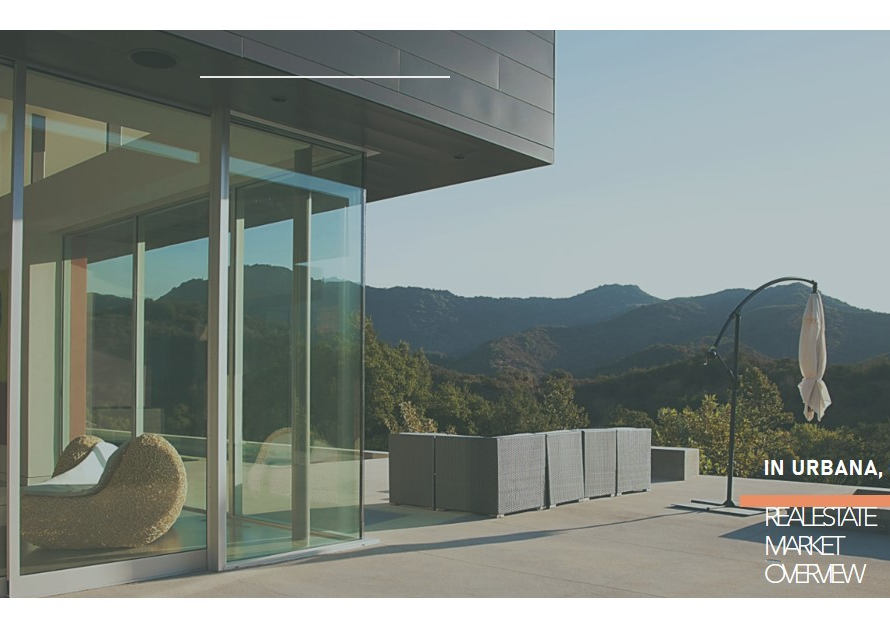
Table of Contents
Introduction:
In the hustle and bustle of modern life, finding moments of tranquility can seem like a distant dream. However, through the art of passive living, we can create environments that invite serenity and comfort into our daily lives. Passive living is not just about designing spaces; it’s about fostering an atmosphere where relaxation and rejuvenation thrive effortlessly. In this blog post, we delve into the principles of designing for passive living, exploring how thoughtful design choices can transform spaces into havens of comfort and calm.
Understanding Passive Living:
Passive living revolves around the idea of minimizing unnecessary exertion and maximizing comfort. It’s about creating environments that support relaxation and well-being without the need for constant intervention. By focusing on natural elements and sustainable design principles, passive living embraces simplicity and harmony. From architecture to interior design, every aspect is curated to promote a sense of ease and tranquility.
Harmonizing with Nature:
One of the fundamental principles of passive living is harmonizing with nature. Natural light, ventilation, and greenery play pivotal roles in creating comfortable environments. Designing spaces that harness natural light not only reduces energy consumption but also uplifts mood and enhances productivity. Incorporating indoor plants not only adds aesthetic appeal but also improves air quality, fostering a healthier living environment. By embracing nature, we invite its calming influence into our everyday lives.
The Power of Biophilic Design:
Biophilic design takes the concept of harmonizing with nature a step further by integrating natural elements directly into the built environment. From living walls to natural materials such as wood and stone, biophilic design seeks to reconnect occupants with the natural world. Research has shown that exposure to nature, even in simulated forms, can reduce stress levels and promote overall well-being. By incorporating biophilic elements into our designs, we create spaces that resonate with the innate human need for connection to nature.
Embracing Simplicity:
In a world filled with distractions, simplicity is a refuge for the soul. Passive living embraces the principle of simplicity in both form and function. Clean lines, clutter-free spaces, and minimalist aesthetics create an atmosphere of calm and clarity. By decluttering our surroundings, we free ourselves from unnecessary distractions, allowing us to focus on what truly matters. Simplicity is not just about aesthetics; it’s about creating a sense of spaciousness and tranquility that permeates every aspect of our lives.
Creating Zones of Comfort:
In designing for passive living, it’s essential to create distinct zones that cater to different activities and moods. Whether it’s a cozy reading nook bathed in natural light or a tranquil meditation corner nestled amidst greenery, each zone should evoke a sense of comfort and relaxation. Thoughtful placement of furniture, lighting, and accessories can delineate these zones while maintaining a cohesive flow throughout the space. By curating spaces that cater to our diverse needs, we ensure that every corner of our home contributes to our overall well-being.
The Importance of Thermal Comfort:
Thermal comfort plays a crucial role in creating environments conducive to relaxation and rejuvenation. By optimizing temperature, humidity, and airflow, we can ensure that occupants feel comfortable year-round. Passive design strategies such as proper insulation, passive solar heating, and natural ventilation help regulate indoor temperatures without relying heavily on mechanical systems. By prioritizing thermal comfort, we create spaces where occupants can unwind and recharge without feeling too hot or too cold.


Mindful Material Selection:
The materials we choose for our interiors have a significant impact on both aesthetic appeal and indoor air quality. In designing for passive living, it’s essential to opt for materials that are not only durable and sustainable but also non-toxic and eco-friendly. From low-VOC paints to responsibly sourced wood, mindful material selection can enhance the overall comfort and healthiness of a space. By prioritizing quality over quantity, we create interiors that stand the test of time while promoting the well-being of both occupants and the planet.
Balancing Technology and Tranquility:
While technology has undoubtedly transformed the way we live, striking a balance between connectivity and tranquility is key to passive living. Integrating smart home technologies can enhance convenience and energy efficiency, but it’s essential not to let them overshadow the need for peace and quiet. By incorporating technology mindfully and creating designated tech-free zones, we can ensure that our homes remain sanctuaries of serenity amidst the digital noise. Passive living is about reclaiming control over our environment and fostering a deeper connection with ourselves and the world around us.
Conclusion:
Designing for passive living is about more than just creating comfortable environments; it’s about crafting spaces that nurture the mind, body, and soul. By embracing principles such as harmonizing with nature, simplicity, and thermal comfort, we can transform our homes into havens of tranquility where relaxation comes effortlessly. Through mindful design choices and a deep appreciation for the interplay between form and function, we can cultivate spaces that support our well-being and enrich our lives immeasurably. Let us embark on this journey towards passive living, where comfort, calm, and contentment await at every turn.


